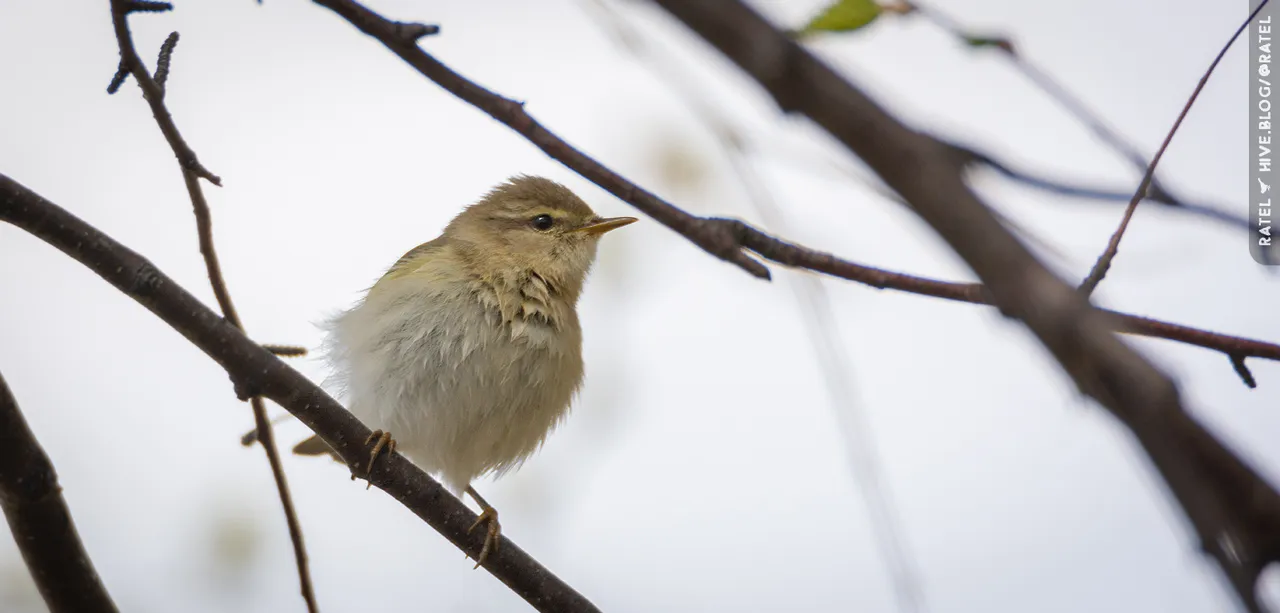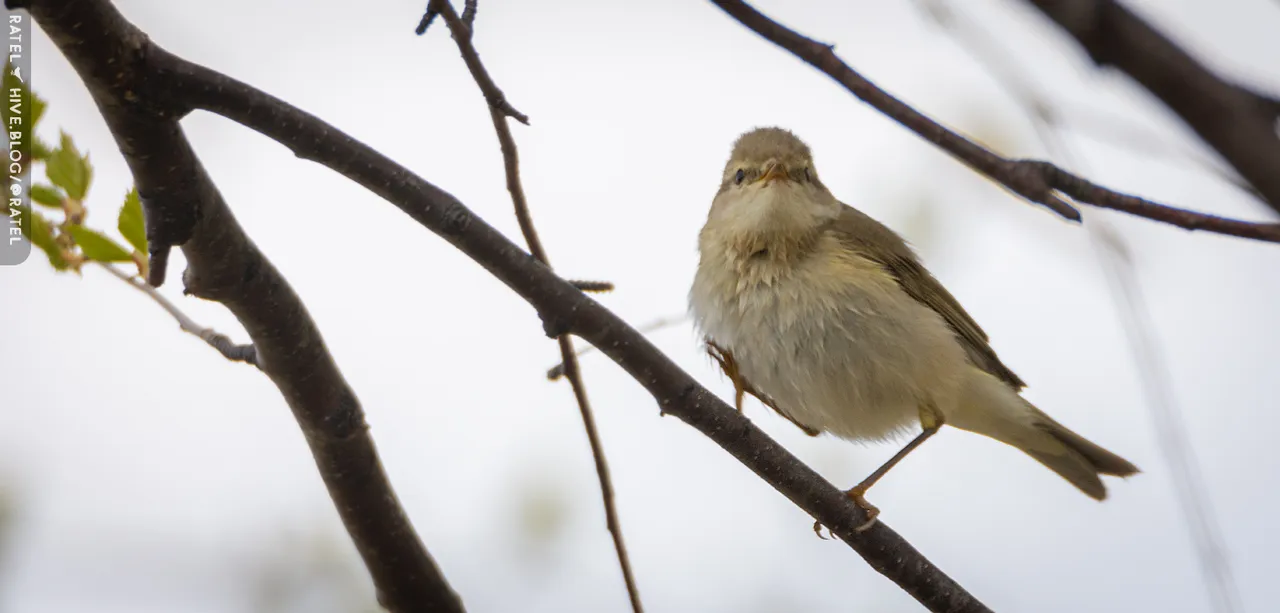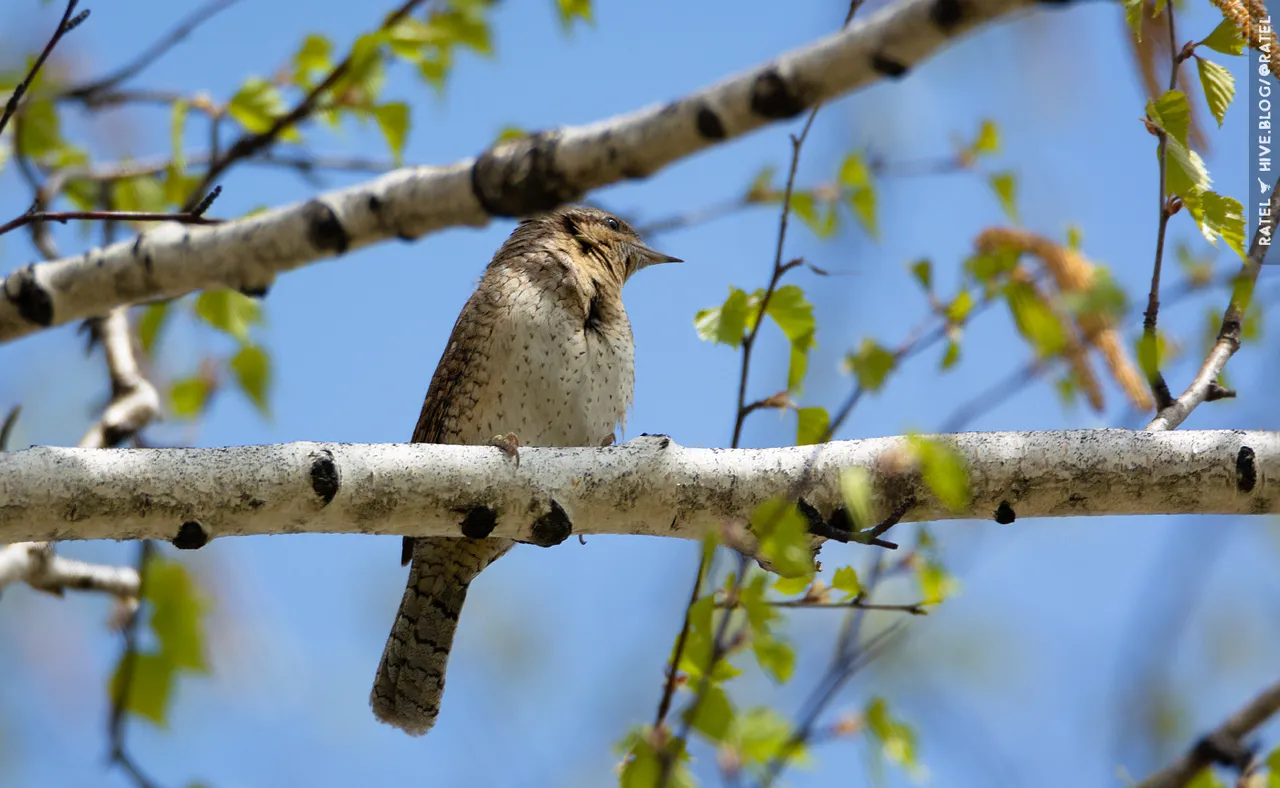
🦉 The willow warbler (Phylloscopus trochilus)
📚 Phylloscopus Greek: phyllon foliage, skopos seeker, observer
📚 trochilus trokhilos (Greek) small bird mentioned by Aristotle, later identified as "wren", but in Aldrovandus (1599) this is "a little kinglet without a tuft"; trokhalos, trokhiscus (Greek) round, oval, curved, spherical; trochilus (lat.) semicircular, curved

A very common and numerous bird in Siberia, and not only. Due to the fact that she can vary her food depending on the place of stay. Spiders, snails, insect larvae, autumn berries and fruits. The bird is not very shy, and I noticed that sometimes they can settle right in the cities. The main thing is to plant trees there.

🦉 The Eurasian wryneck or northern wryneck (Jynx torquilla)
📚 Jynx iynx, iyngis (Greek, Lat.) Iynga in ancient Greek. mythology, a beautiful nymph, the daughter of the god of the forest Pan and the nymph Echo, who possessed the magic of a love spell, but for this Hera, the wife of Zeus, turned her into a nondescript wryneck.
📚 torquilla (lat.) twist, bend, turn (name - for the snake twisting of the neck and head in a hollow in danger)
Despite the fact that this bird belongs to the woodpecker family, she has only soft feathers on her rounded tail, from which ishe cannot sit on trees like other woodpeckers.
She also does not bite trees, she has a small and sharp beak. Likes to feast on ants in the spring.


